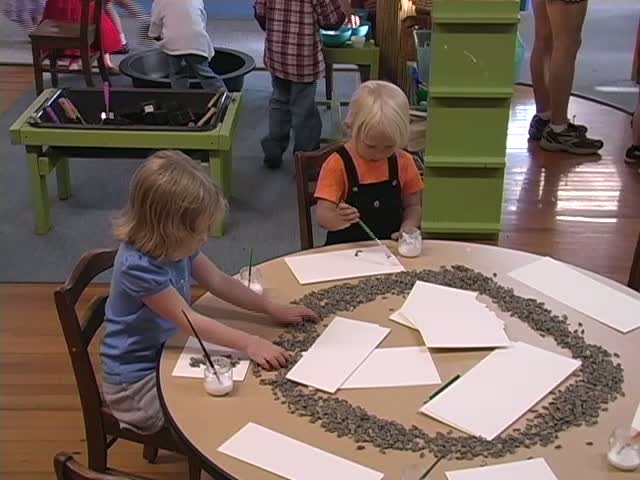Individualize Communication with Families
When interacting with family members, pay close attention to what they say and respond to their feelings as well as the content of their communication. Use open-ended strategies to invite parents to share information about their child’s interests and routines to integrate within program activities:
- Suggest parents fill in a simple graphic: Here are some things that you will want to know about me when a child is first entering a new setting.
-
Open-ended question such as:
- “How do you think it’s going for Gina?” or “What do you think about Gina’s schedule?” invite parents to answer more than yes or no, or “Gina’s doing OK.”
Some parents may not understand English, or may not be fully literate in English, or their own language. Plan ahead and decide on a “catch-up” communication system among all partners. The key is to keep everyone informed about a child’s participation and learning at regular intervals. Partners should decide together how soon, how often and what information would be helpful to share among one another. Some examples:
Family child care: Daily Dairy
Each child has a “Daily Report” in a three ring binder for communicating with a child’s family. Special educators, therapists, early care and education staff and parents share important messages, when phone calls are not needed.
Special education and related services: Carbonless Forms
One school provided all itinerant preschool special education and related services staff with carbonless forms to summarize their suggestions and observations after consulting in community settings with families and early childhood staff. The white copy was inserted in a child’s communication book and the yellow copy became part of the child’s Part B records.
Sharing progress by video
Teacher Sarah Mogen uses video clips of children engaged in activities in her preschool classroom to communicate progress with families.
Colorado State Dept of Education, Results Matter Early Childhood Video Library
Communication promotes partnerships with families
Ongoing communication with families can help them transition to, and participate in, inclusive early childhood settings as a partnership process, not a single event. These guidelines for communicating with families, particularly during transitions from one program or setting to another, were developed through interviews with families.
Hanson et al, 2000; Lovett and Haring, 2003
a. Be reliable and consistent when providing information.
b. Anticipate any change in program/staff, and address it with a predictable schedule of information/events.
c. Interpret unfamiliar language to families and check for understanding.
d. Be accessible and present at meetings.
e. Be factual, supportive, and non-judgmental.
f. Help parents clarify and articulate their questions and expectations.
g. Provide guided opportunities for families to practice new skills in preparation for transition, especially medical and care-giving skills.
h. Suggest that parents and children, if desired, experience new settings in a progression from neutral exposure (empty classroom) to active observation, to partial and finally full participation in the program.
i. Remember that family members may not accurately recall or understand highly emotive information.
j. Provide follow-up to build strategies to assist parents to cope in new situations with the information.


